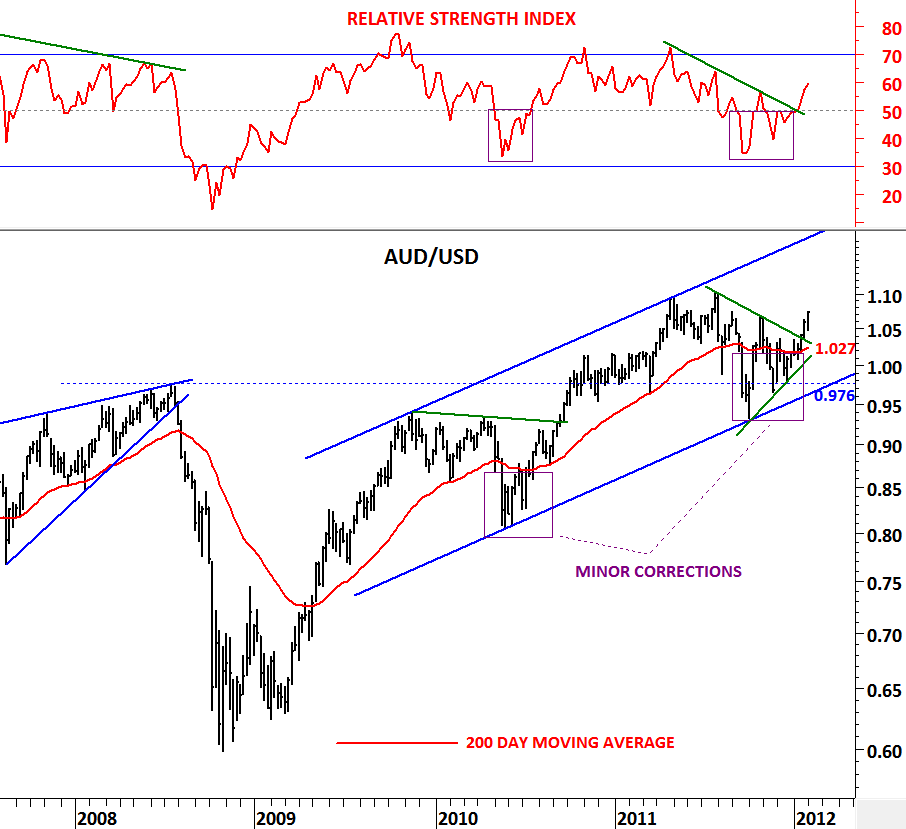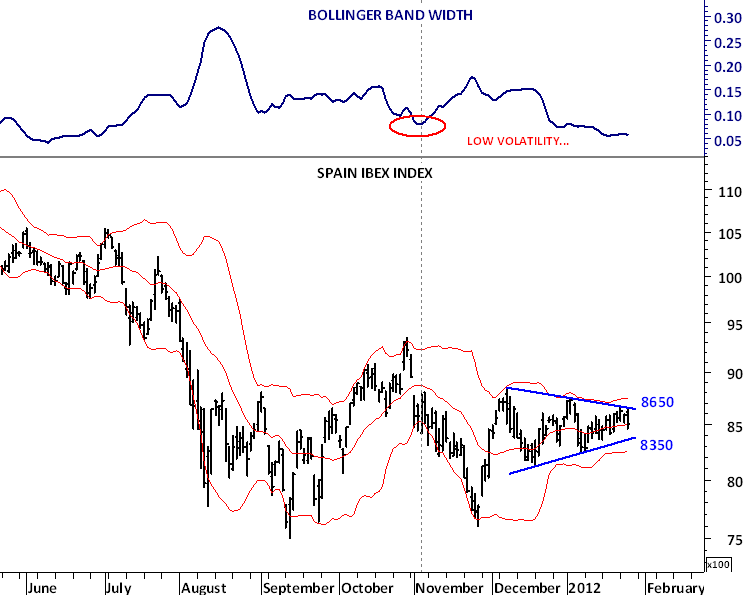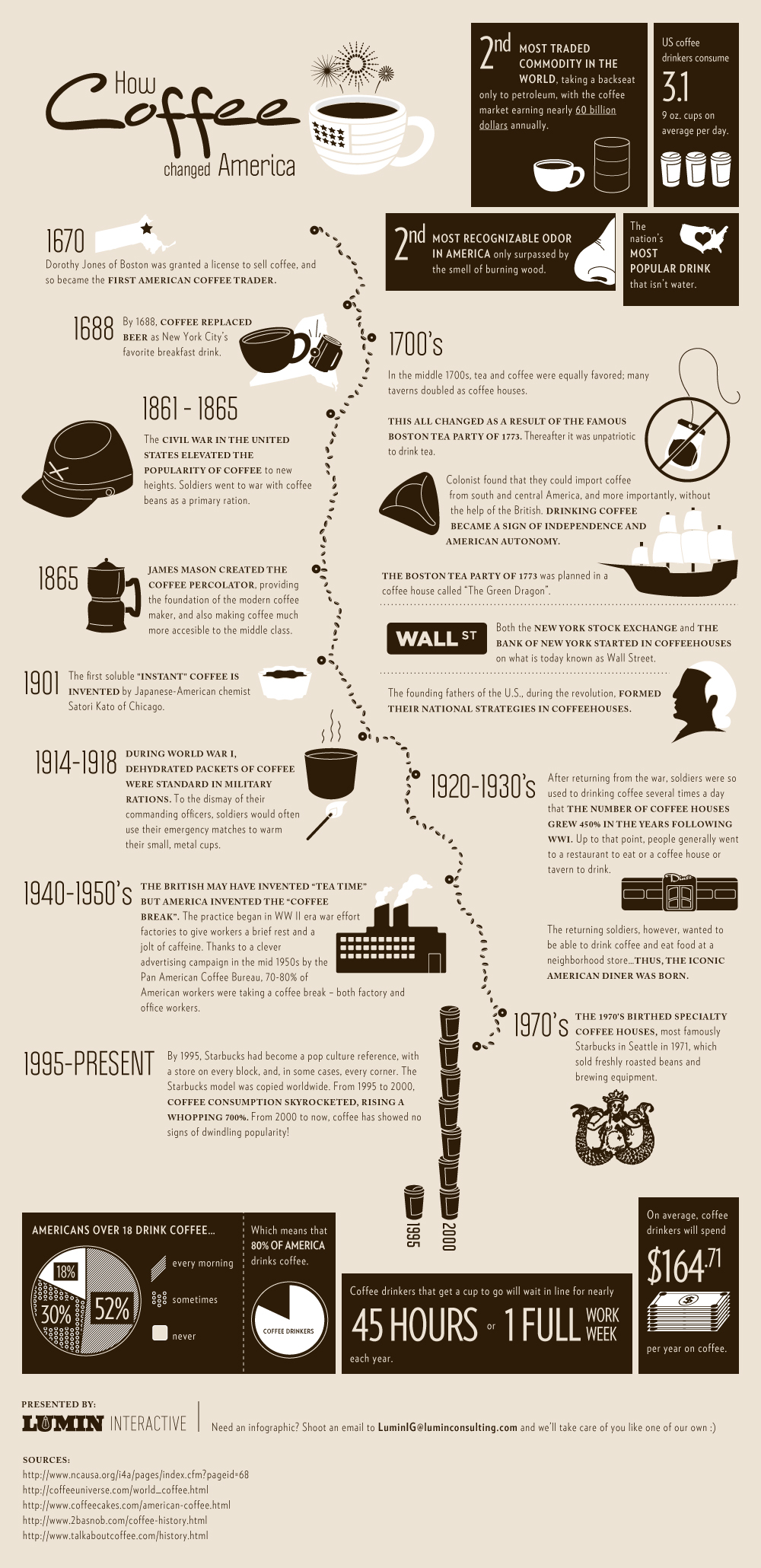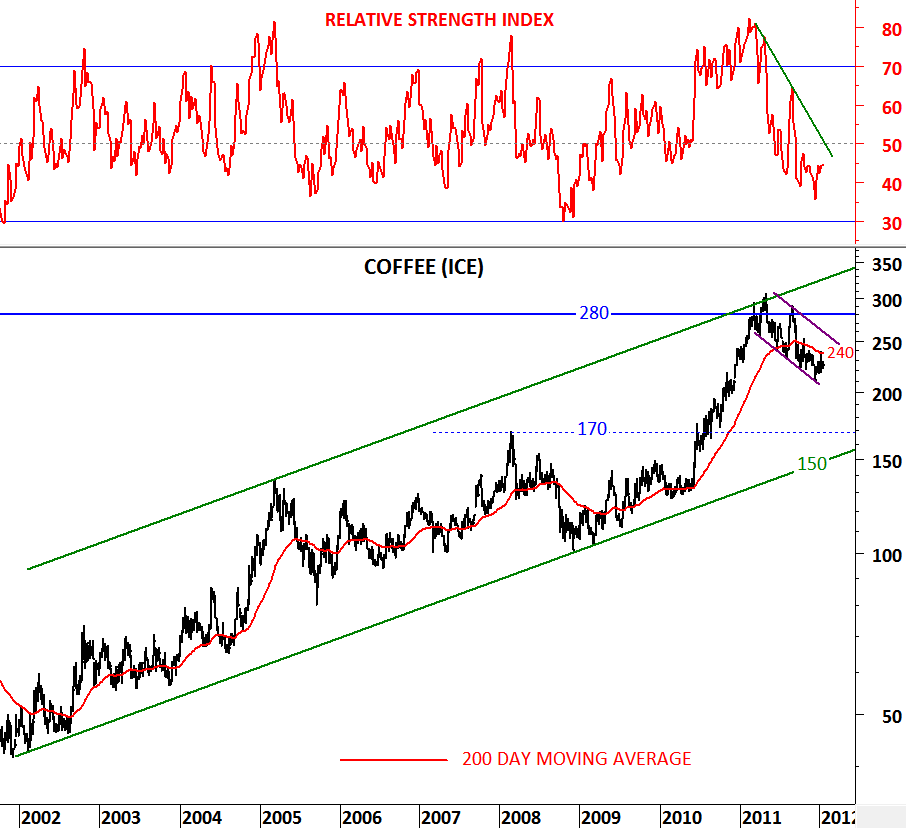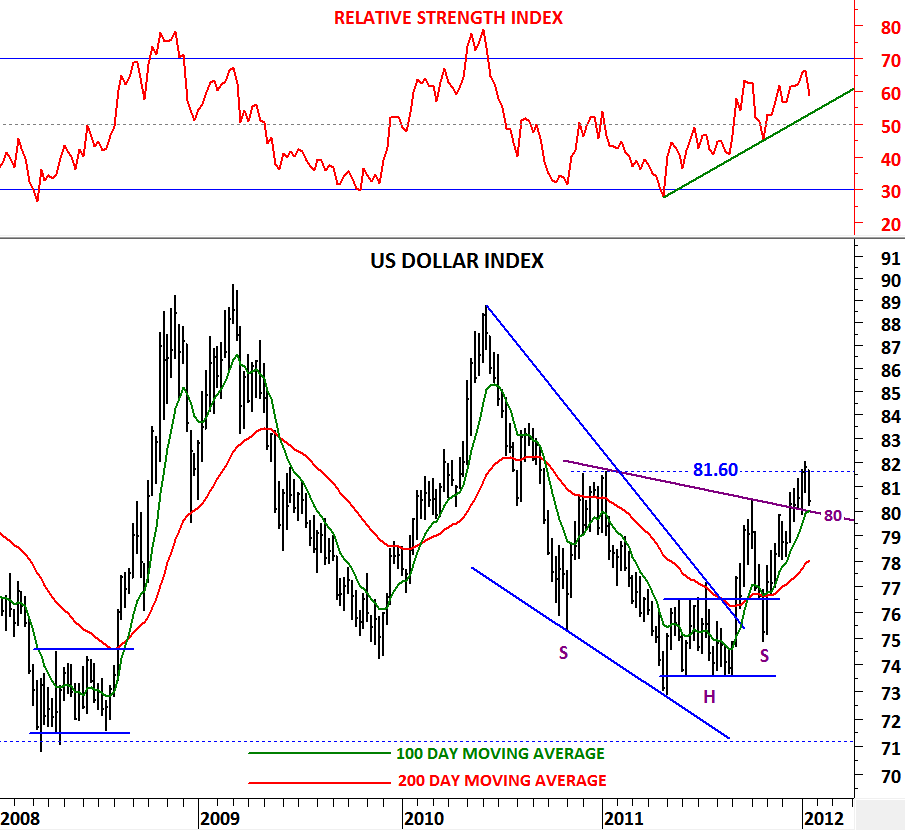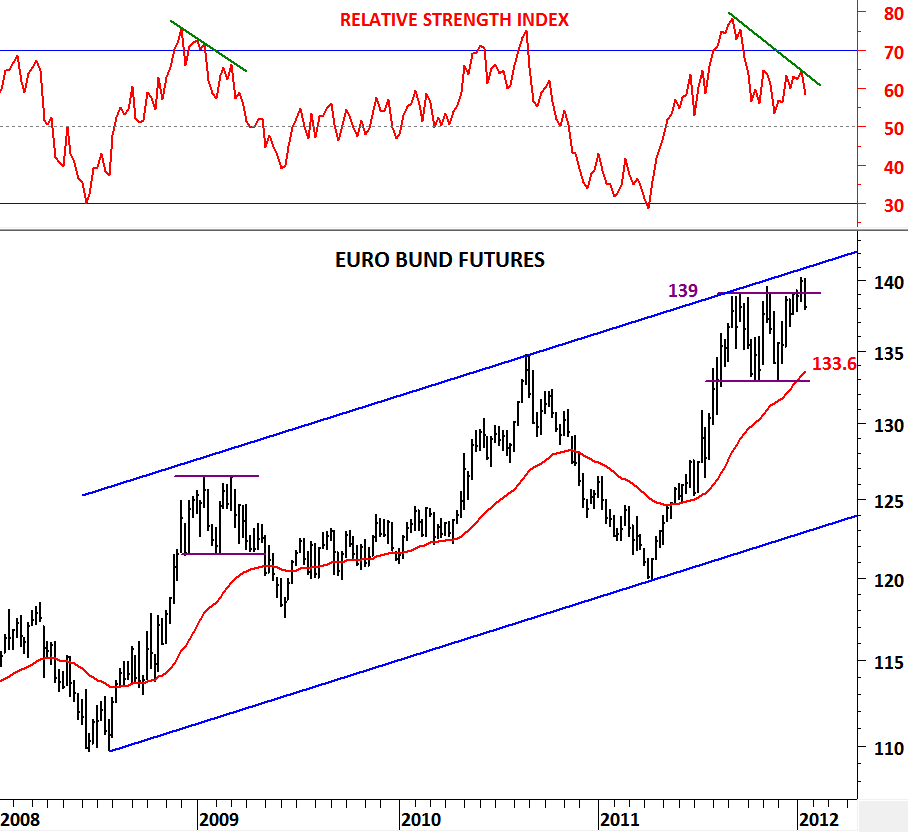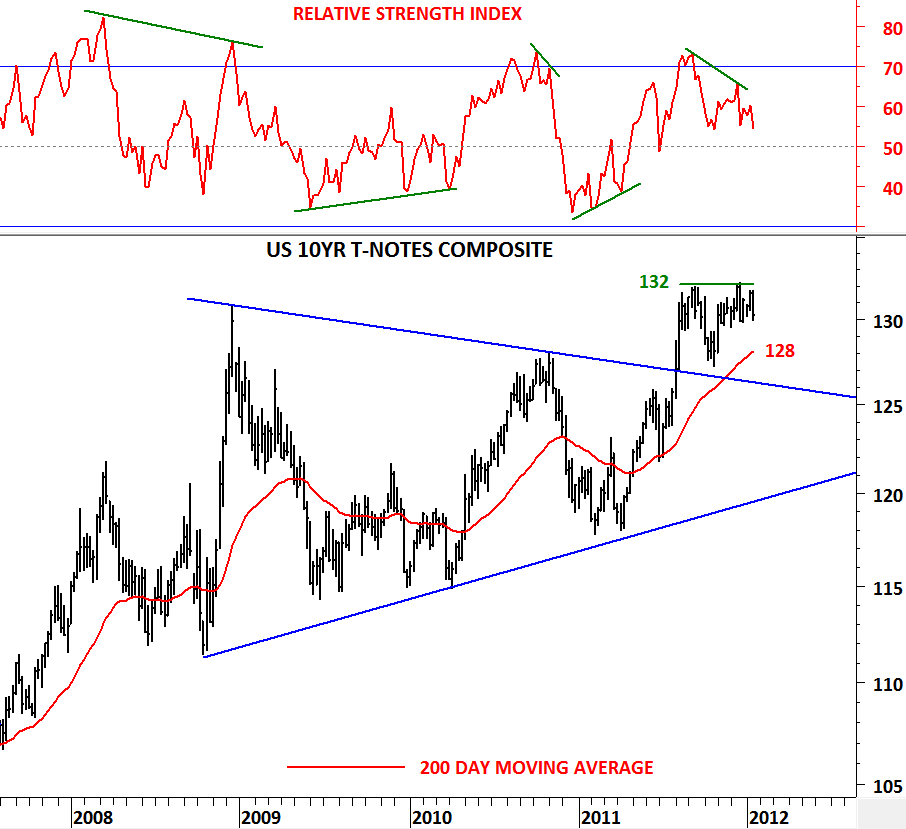AUD/USD
When analyzing long-term charts, 200 day moving average is extremely helpful in deciding the direction of the long-term trends. Supported by the 200 day moving average, 14 period RSI on the weekly scale is a good confirmation of that trend. In the previous posts you’ve come across the term “road map” referring to the 200 day moving average. Price can move sideways and violate the 200 day moving average several times during a corrective period. These are the difficult times in decision-making. Likewise RSI would violate 50 levels. During these indecisive periods price forms a chart pattern that becomes clear once the pattern is close to completion. Breakout from a chart pattern confirms the direction of the long-term trend. AUD/USD is a good example.
Currency pair fell below its 200 day moving average in the first half of 2010 and in the last quarter of 2011. These periods ended up being minor corrections with price recovering above the long-term average and RSI above 50 levels. In the last two weeks we have seen AUD/USD breaking out of its sideways consolidation range at 1.047 levels. RSI moved above 50 levels and price moved higher confirming its uptrend above its 200 day moving average.
Upward trend channel is still intact and AUD/USD resumes its long-term uptrend. Our road map tells us to stay on the long side of this chart with intermediate/long-term stop-loss levels between 1.027 (200 day moving average) and 0.976 (lower boundary of the trend channel)

